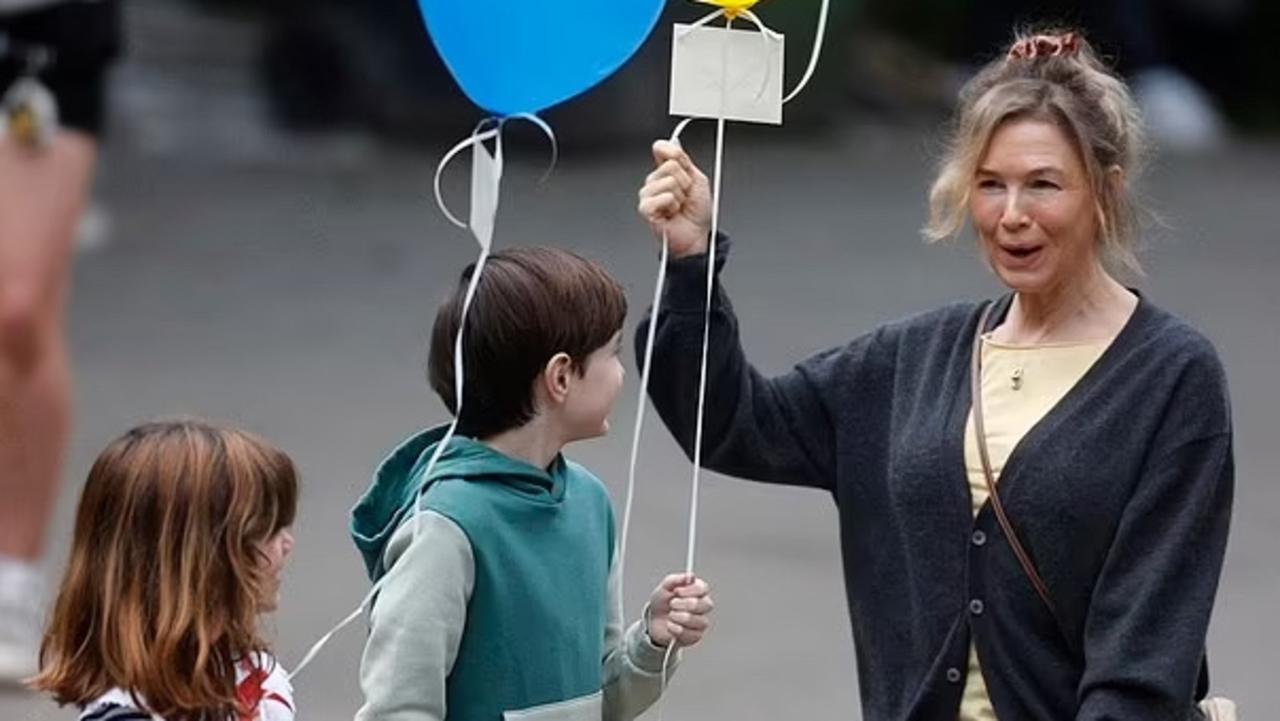The secret slug that will make the $200 annual increase in health fund premiums cost more
IT’S the secret double whammy that means next month’s health fund premium rise will hit your hip pocket even harder than you expect.
National
Don't miss out on the headlines from National. Followed categories will be added to My News.
- Health insurance premiums to go up $200 a year
- PM says stick with health cover despite hike
- Is this proof health insurance is a rip off?
- Private health fund member exodus for first time
EXCLUSIVE
IT’S the secret double whammy that means next month’s health fund premium rise will hit your hip pocket even harder than you expect.
The value of the government’s private health insurance tax rebate will drop on April 1 adding an extra $50 a year to the cost of your premiums.
And by 2026 surging premiums will see the value of the rebate halved from the original 30 per cent to just 16 per cent.
This hip pocket hit will be in addition to the $200 premium hike families are already facing on April 1.
As the cut bites and rising premiums force thousands to dump their health cover private insurers are asking the government to allow them to give people aged under 30 a 10 per cent discount to attract young people into insurance.
And health fund BUPA has announced it will provide gap free services for children at dentists, optometrists, physiotherapists, chiropracticer and podiatrist who are part of their Member’s First network.

The extra $50 you’ll have to pay for health insurance is the result of a cost-saving measure introduced by the previous Labor Government and continued by the Turnbull Government.
While health fund premiums will rise by an average 4.84 per cent in April the tax rebate will rise by only around 1 per cent as a result of government cutbacks.
The measure, expected to save the government $700 million over three years, was introduced by Labor in 2014 to rein in the $5.5 billion cost of the rebate.
The Abbott government pledged to reverse Labor’s cuts to the rebate but said it must wait until the nation’s finances could afford the change.
In the three years since it was introduced the rebate has fallen dramatically, from subsidising 30 per cent of the cost of your health insurance it will now cover just 25.9 per cent from April 1.
In total, over three years, this has added an extra $163 a year to the cost of your insurance.
Health Minister Greg Hunt says he delivered the lowest increase in premiums in a decade and has appointed an expert committee to work on improving value.
“We know that every single dollar matters to Australian families and keeping private health insurance affordable is a priority.
The committee is considering reforms such as product design, providing information so consumers can make better choices, and removing unnecessary regulation that affects affordability. Consumers, doctors, hospitals and insurers are all involved in this process, he said.

Those aged over 65 receive a higher subsidy and the value of the rebate for those aged 65-69 has fallen from 35 per cent of the cost of their cover to just 30.2 per cent.
For the over seventies the value of the rebate has fallen from 40 per cent to just 34.6 per cent.
Within nine years the value of the rebate will be halved to just 16 per cent of the cost of health cover health insurers have warned the government in their pre-budget submission.
Health fund broker iselect has estimated the declining value of the rebate meant the average net health fund cost increase on April 1 would be 6.07 per cent for the under 65’s.
Older Australians over 70 face an average net cost rise of 6.70 per cent, iselect spokeswoman Laura Crowden said.
Private Healthcare Australia chief Rachel David said insurers were not asking for the rebate to be restored in the budget because the government couldn’t afford it.
However, she said to keep premium increases down the government must reform the pricing system for medical devices like hip and knee replacements and limit the practice of public hospitals charging privately insured patients.
These two measures could save $1.2 billion and eliminate the need for future premium rises.
Health fund premiums have risen by more than 55 per cent in the last decade and its taking its toll on membership of health funds.

More than 10,000 people have quit health cover in recent months as the high cost of health insurance burns a $4,000 a year hole in the family budget each year.
From a peak of 47.4 per cent of the population in June 2015 health fund membership fell to just 46.6 per cent in December 2016.
In a bid to reverse the decline health funds have asked the government in their pre-budget submission for permission to introduce a lifetime health cover discount (LHCD) for those who take up insurance between the years of 18 and 30.
The discount would be 2 per cent per year for those aged under 30, up to a maximum of 10 per cent.
Health fund members would retain the discount for life, unless they quit health fund membership. The discount would be portable between funds
HOW THE REBATE IS BEING ERODED BY GOVERNMENT CUTBACKS
2013: 30 per cent
2014: 29.04 per cent
2015: 27.82 per cent
2016: 26.79 per cent
2017: 25.93 per cent
2026: 16 per cent
Originally published as The secret slug that will make the $200 annual increase in health fund premiums cost more


